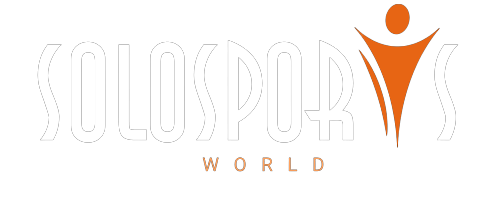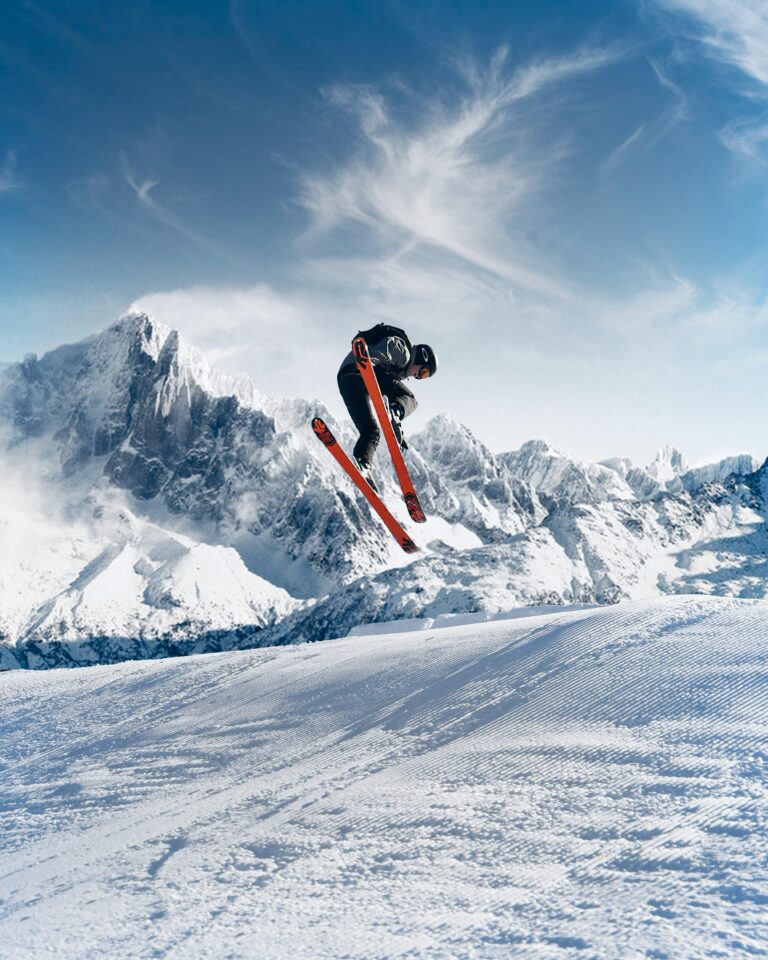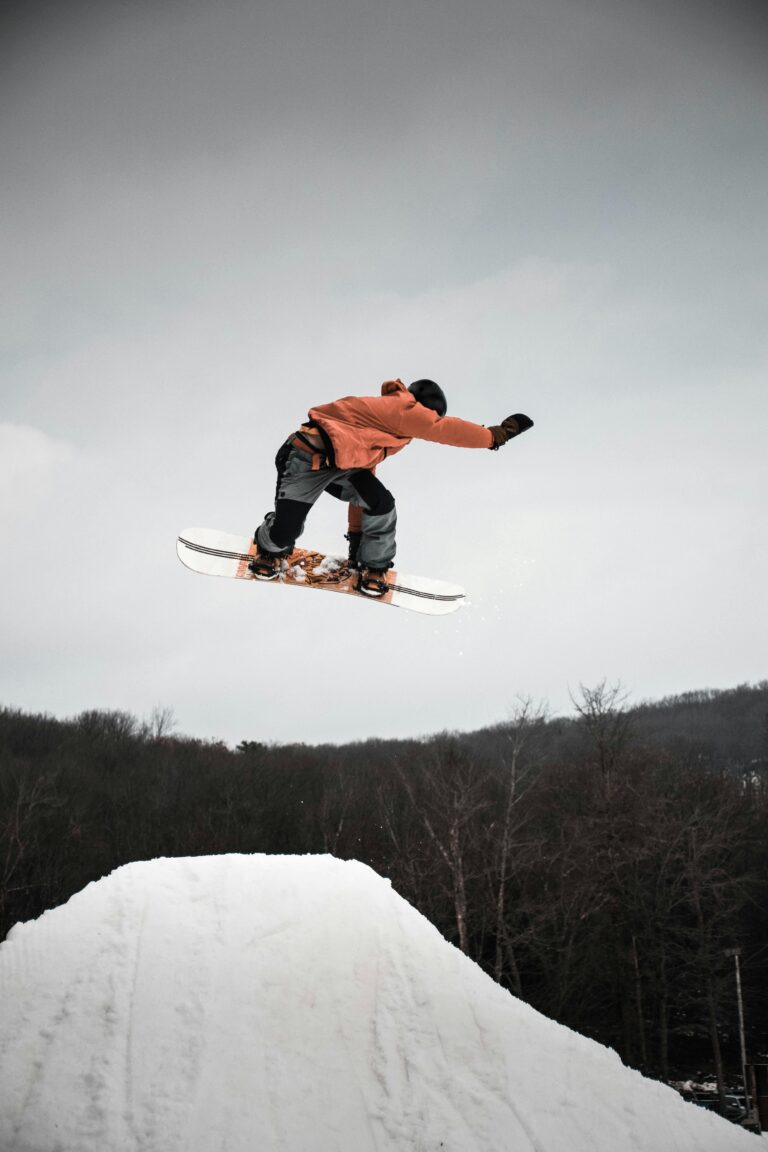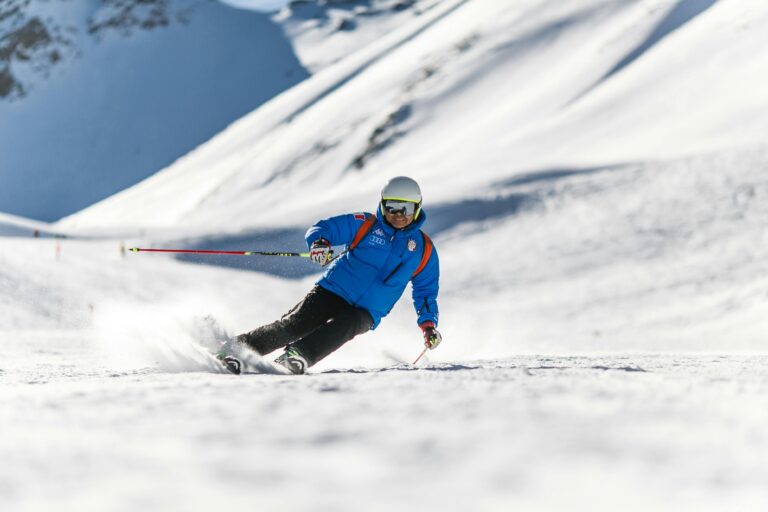While helmets aren’t legally required in most places when skiing or snowboarding, I always recommend wearing one. They seriously cut down the risk of major head injuries if you take a spill or crash into someone. Plus, some ski resorts do require minors to wear helmets, so it’s not just about personal safety — there’s an added layer of protection for kids out there.
Generally, wearing a helmet while skiing or snowboarding is not legally mandated in many regions, but it is highly recommended for safety. Helmets can significantly reduce the risk of serious head injuries during falls or collisions, especially for beginners or those skiing in risky environments. In some ski areas, helmet use is a requirement for minors.
Let’s break down what helmet rules really look like, how helmets help, and what you should know before you hit the slopes.
Are Helmets Required by Law When Skiing or Snowboarding?
Helmet laws vary significantly by country and state, with no universal mandate for helmet use while skiing or snowboarding. For instance, several states in the U.S. encourage helmet use but require it only for minors. Certain ski resorts, like Vail in Colorado, enforce helmet mandates for all minors. Additionally, helmet use is increasingly supported by statistics showing that organized skiing in places with helmet laws significantly reduces head injuries.
Here’s the deal: laws change depending on where you ski. In the U.S., many states just recommend helmets but require them for kids. Some resorts, like Vail, actually enforce these rules strictly for minors. Travel to Europe, and you’ll find countries like Italy and France strongly pushing helmets but without hard rules. Switzerland leans toward suggesting helmets for younger skiers, though it’s often up to the resort or local authority how strictly they enforce it.
Bottom line? Always check the resort’s helmet policy before your trip—it’s your best shot at staying safe and avoiding surprises.
What Are the Benefits of Wearing a Helmet while Skiing/Snowboarding?

Wearing a helmet offers substantial benefits, notably reducing the risk of head injuries during skiing or snowboarding activities. Studies indicate that helmet use can decrease the risk of head trauma by up to 60%, making them crucial for safety. Experts emphasize the importance of helmets particularly for beginners and those navigating unknown slopes, confirming that helmets can absorb much of the impact from falls or collisions.
Here’s why I never hit the slopes without mine: helmets can cut your risk of serious head injury by up to 60%. That’s huge. They cushion impacts, especially if you’re just starting out or exploring tricky terrain. And it’s not just about avoiding the worst-case scenarios — helmets also reduce the chance of concussions and long-term damage.
Apart from safety, a good helmet can actually make your day more comfortable—better fit and ventilation keep you focused, not distracted by the cold or wind. It’s no surprise that many ski schools now insist on helmets for lessons, so everyone learns with safety front and center.
Do Helmets Actually Prevent Injuries?
Helmets are effective in preventing specific types of injuries, particularly those resulting from collisions and falls. Numerous studies, such as those conducted by the Journal of Trauma Surgery, highlight how helmets can mitigate the severity of impacts during accidents. Research shows that they protect against skull fractures and concussions, two common injuries in winter sports.
Look, helmets won’t protect you from every injury, especially from high-speed crashes or injuries to your body beyond your head. But when it comes to common ski and snowboard accidents, they really do soften the blow.
I’ve read plenty of stories where someone walked away with just a bruise thanks to their helmet. One skier shared, “After a nasty fall, I walked away with just a bruise. My helmet made a huge difference.” That’s the kind of experience that makes me respect this gear even more.
Myths and Misconceptions about Ski Helmets
Common myths surrounding ski helmets include the idea that they provide a false sense of security, leading skiers to take greater risks. While helmets are not a cure-all, they do offer substantial protection. Another misconception is that all helmets are the same. In reality, designs vary significantly, with some helmets offering better ventilation or specific enhancements for different skiing styles.
People sometimes say helmets give you “false confidence,” making you ski recklessly. Sure, bad habits can happen, but a helmet isn’t to blame—it’s about how you ski, not what you wear on your head.
Also, not all helmets are created equal. Some have better airflow or extra features suited for freestyle versus downhill racing, so pick a helmet that fits your style.
Just remember: helmets reduce head injuries but won’t save you from everything. Serious falls can impact your spine or other vulnerable spots, so keep your wits about you.
How to Choose the Right Helmet for Skiing or Snowboarding
Selecting the right helmet is vital for maximizing protection and comfort. Consider fitting and sizing guidelines; a well-fitted helmet should feel snug but not tight, allowing just enough space for your fingers to slide between the padding and your head. Differences exist between ski and snowboard helmets, with snowboard helmets generally featuring more ventilation.
Picking a helmet isn’t just about picking the coolest design. It needs to fit just right—not too tight, but snug enough so it doesn’t bounce around. A simple trick: you should be able to slip your fingers between your head and the padding comfortably.
Snowboard helmets usually have more vents, great if you get hot easily. Tried and tested brands like Smith, Giro, and POC cover a range of styles and fits.
Oh, and don’t forget to try your goggles on with the helmet—it’s annoying when you get cold air or snow sneaking in through gaps.
How Do Local Ski Resorts Approach Helmet Use?
Different ski resorts implement varying policies on helmet use. While some resorts encourage helmets for all participants, others may enforce specific requirements. For example, in Ellicottville, New York, helmets are mandatory for all participants in certain ski programs. However, rentals are often provided at many resorts, allowing skiers to find helmets that suit their needs without the burden of purchasing one beforehand.
Every resort handles helmets differently. Some make helmets mandatory for kids or program participants, like Ellicottville in New York. Others just encourage you to wear one, leaving it up to your judgment.
What’s cool is that many resorts now offer rental helmets. So if you’re not ready to buy one or just want to try it out, renting makes it easy and hassle-free.
This trend is more than just a safety fad—it’s about protecting everyone and keeping slopes safer for all.
What Additional Safety Gear Should I Consider?
Besides helmets, consider other essential safety gear, including goggles, face guards, and appropriate padding. Goggles are crucial for protecting your eyes from UV rays and cold airflow, enhancing visibility on the slopes. Additionally, wearing protective padding on areas prone to injury can provide extra safety, especially during terrain park activities.
A helmet isn’t the only gear you want. Good goggles shield your eyes from glare and freezing wind, which makes a big difference downhill.
If you’re hitting terrain parks or rugged trails, padding for knees, wrists, or spine can save you a lot of pain later.
For backcountry adventurers, avalanche beacons and layering for warmth aren’t optional—they’re essentials. Be ready for the environment you’ll face.
How Often Should You Replace Your Ski Helmet?
Helmet replacement guidelines suggest every 3-5 years, depending on the helmet’s condition and usage intensity. Signs that warrant replacement include cracks, dents, or general wear and tear—these can greatly compromise safety. Regular inspection and appropriate storage will help maintain your helmet’s integrity, ensuring it continues to provide protection for multiple seasons.
Think of helmets like a running shoe—you don’t keep it forever. Generally, 3-5 years of use is your window, but if you spot cracks, dents, or heavy wear, it’s time to get a new one.
Also, after any big crash, replace your helmet even if it looks fine—the materials could be compromised.
Store it somewhere dry and safe to keep it in good shape season after season.
FAQ Section
Do you have to wear a helmet when skiing?
While wearing a helmet is not universally required, many resorts encourage or mandate helmet use, especially for minors. Always check specific resort policies to understand their rules on helmet use.
What are the chances of head injury if I don’t wear a helmet while skiing or snowboarding?
Statistics indicate that skiers and snowboarders without helmets face a significantly higher risk of head injuries. Research has shown that wearing a helmet can reduce the likelihood of serious injuries by up to 60% during accidents.
Can helmets actually make skiing more dangerous?
While helmets can contribute to a false sense of security, potentially leading to riskier behavior, they remain crucial in reducing injury severity. Safe skiing practices should always accompany helmet use for maximum protection.
If you remember one thing, let it be this: helmets seriously reduce your risk of injury. Pair them with responsible skiing, stay aware, and you’ll give yourself the best chance to enjoy the slopes injury-free.
References
- National Ski Areas Association (NSAA) – NSAA Helmet Safety Data
- American Academy of Pediatrics – AAP Guidelines





